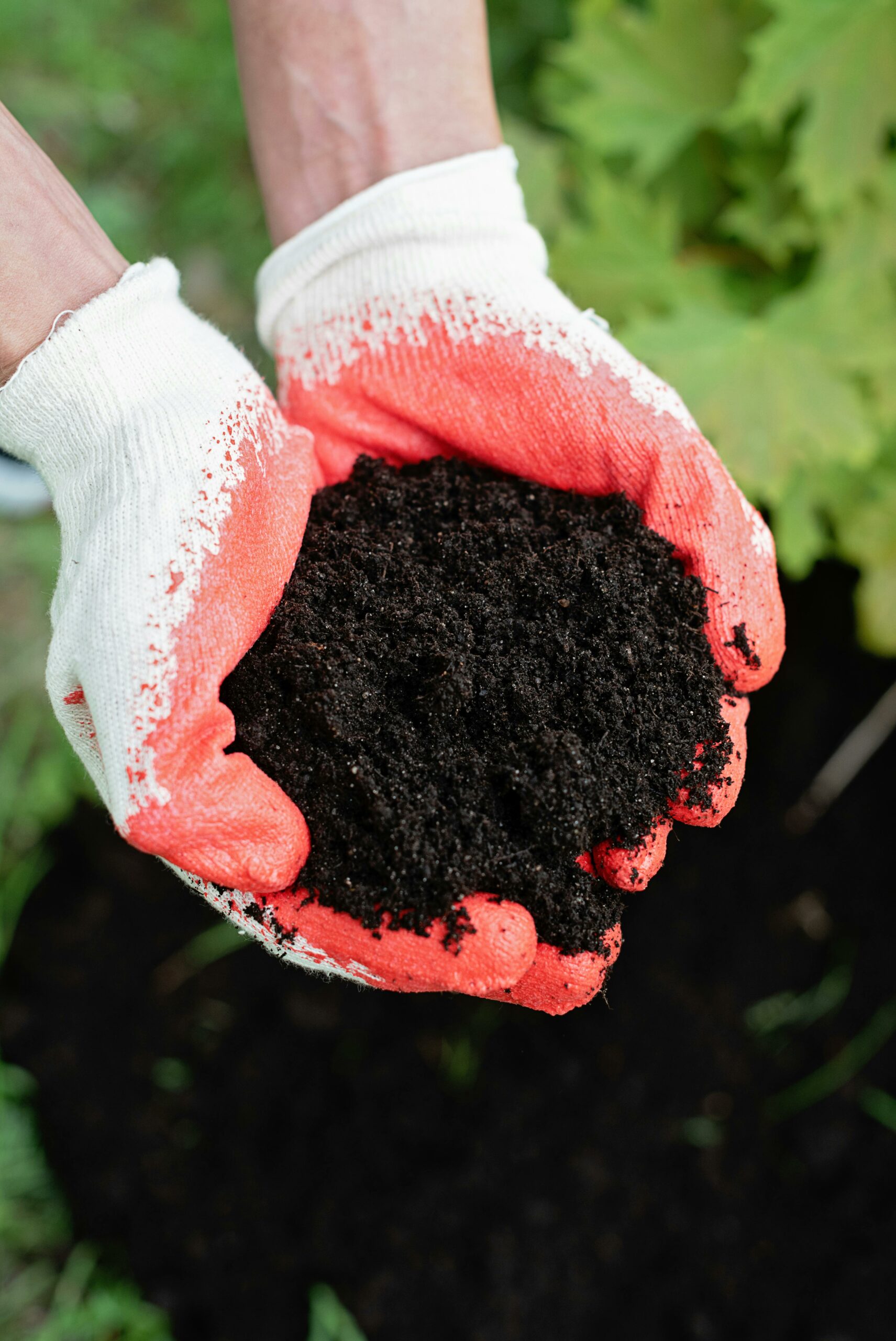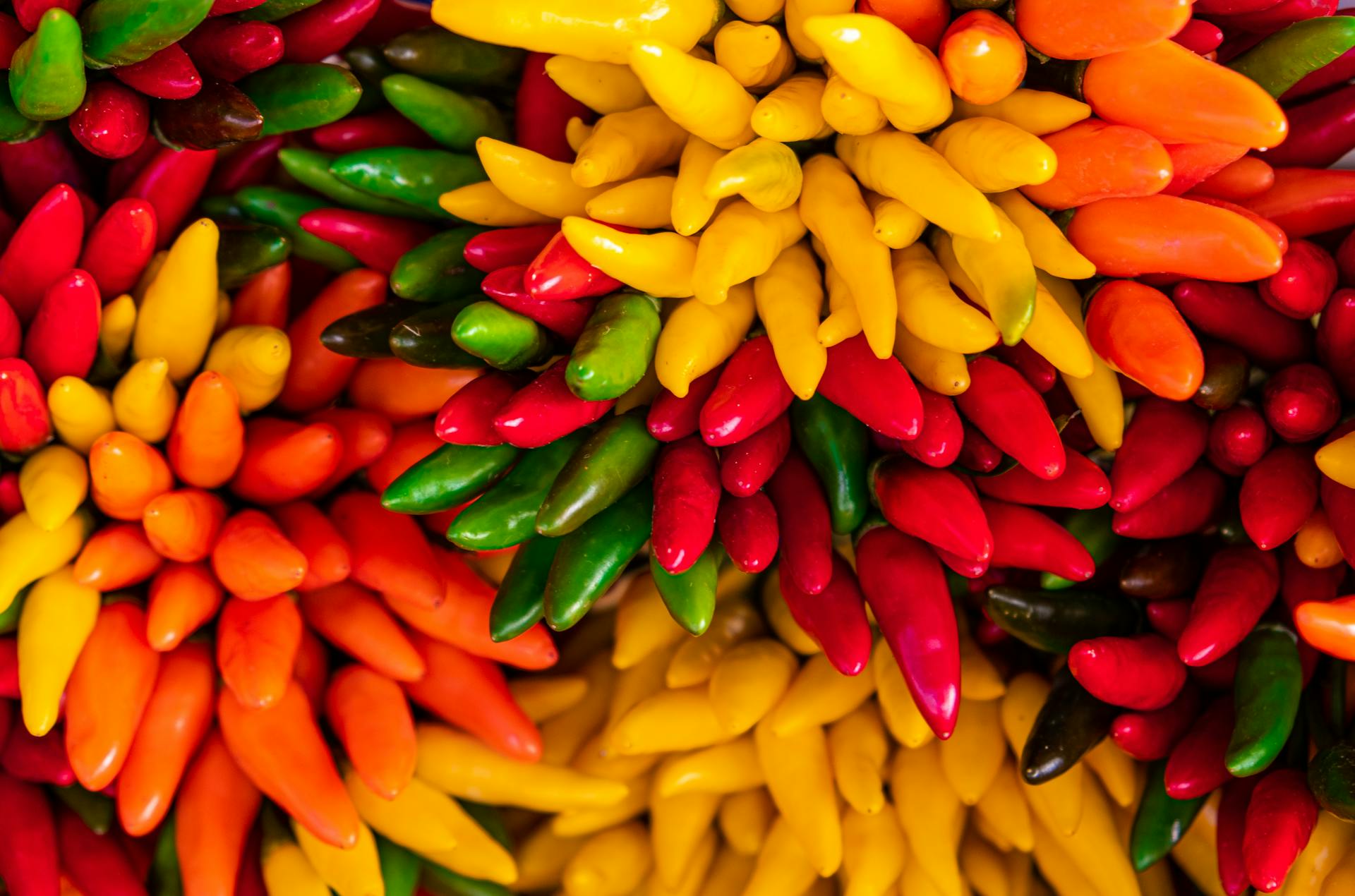The *Spicy* Travel from Ancient Jungles to Your Plate, the Evolution of Peppers
Peppers Evolution is quite complicated – peppers are more than just a spicy kick in your favorite dishes, they’re a botanical marvel with a rich history that spans continents and centuries. How did these vibrant fruits (yes, peppers are fruits!) evolve into the diverse range we enjoy today? Let’s dive into the genetic journey, global travels, and fascinating lore of peppers evolution. 🌶️✨
1. Ancient Origins: The Birthplace of Peppers
Let’s start with a bit(e) of pepper history.
Peppers are native to the Americas, with evidence suggesting they were first cultivated around 5,000 BC in regions like present-day Mexico and Central America. The wild ancestors of peppers, much smaller and less spicy, were initially used as a natural pesticide. Birds, immune to the heat of capsaicin, spread their seeds far and wide.

Early civilizations like the Mayans and Aztecs recognized the value of peppers – not just for their flavor but also for their medicinal properties. Aztec warriors carried dried chili powder to heal wounds and boost stamina on long journeys. 🌱
If you want to discover how peppers became part of magical and protective rituals, check out our Peppers in Folklore: Myths, Legends, and Superstitions post. You’ll be amazed at how cultural beliefs shaped the peppers’ enduring mystique.
2. How Peppers Took Over the World
The global pepper phenomenon began in 1493 when Christopher Columbus brought chili seeds to Spain, mistakenly naming them “peppers” because their heat reminded him of black pepper, though the two are unrelated. From Spain, these fiery seeds traveled far, transforming cuisines and cultures across the world.
In India, chili peppers became indispensable, blending seamlessly into curries, chutneys, and pickles, where they enhanced spice blends with their heat and complexity. Portuguese traders introduced chili peppers to Southeast Asia, giving birth to Thailand’s famously spicy dishes like green curry and som tam. China embraced them in Sichuan and Hunan cuisine, where their heat and numbing qualities became iconic in dishes like hot pot and mapo tofu.
In Europe, Hungary adopted milder chili varieties like paprika, making them a cornerstone of national dishes such as goulash and chicken paprikash. Peppers also took root in Africa, where they enhanced stews and sauces like Mozambique’s peri-peri, and in Mexico, where indigenous cuisines fused native and new chili varieties to create mole, salsas, and countless traditional dishes.
From fiery Korean kimchi to smoky Caribbean jerk, chili peppers have shaped culinary identities across the globe. More than just a crop, they’ve become symbols of heat, passion, and boldness, connecting cultures through their shared love of spice and flavor.
3. The Peppers Evolution over Scoville Scale: Measuring the Heat
Ever wondered why your tongue feels like it’s on fire after biting into a pepper? That’s capsaicin at work! Capsaicin is a compound that binds to pain receptors in your mouth. To measure this fiery sensation, pharmacist Wilbur Scoville invented the Scoville Heat Scale in 1912.
- Bell peppers: 0 SHU (Scoville Heat Units)
- Jalapeños: 2,500–8,000 SHU
- Carolina Reaper: 1.6–2.2 million SHU 😱

If you need some more detailed information on different pepper heat levels, visit Chili Pepper Madness – a go-to resource for everything chili-related.
4. Peppers in Culture and Kitchen
Peppers didn’t just spice up food—they’ve also been wrapped in myths and superstitions. In some Native American tribes, peppers were burned as incense to cleanse bad energy. Hungarian folklore suggests paprika can ward off vampires, thanks to its blood-red hue.
In modern times, peppers have inspired challenges like eating the hottest varieties—proof that their cultural influence is still growing.
5. Why We Love Peppers Today
From their bold colors to their wide range of flavors (sweet to smoky to blisteringly hot), peppers remain a culinary superstar. Their evolution from wild plants to essential ingredients highlights the enduring relationship between humans and nature. Next time you sprinkle chili flakes on pizza, remember – you’re enjoying a piece of history. 🌍

